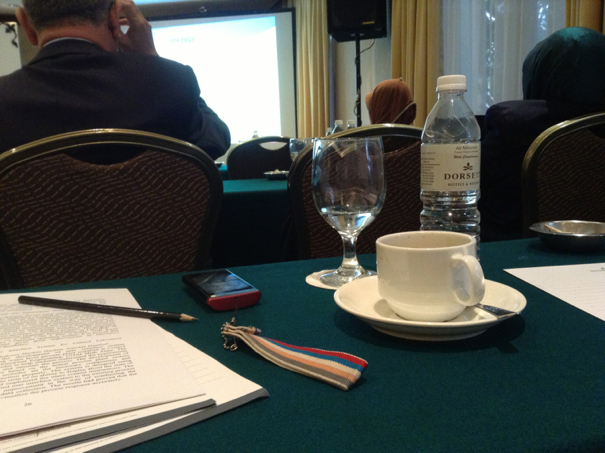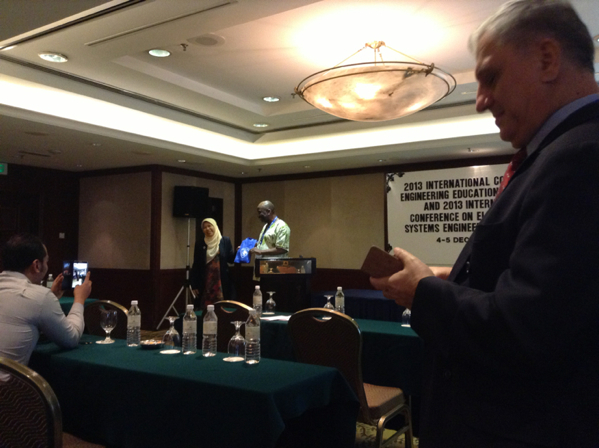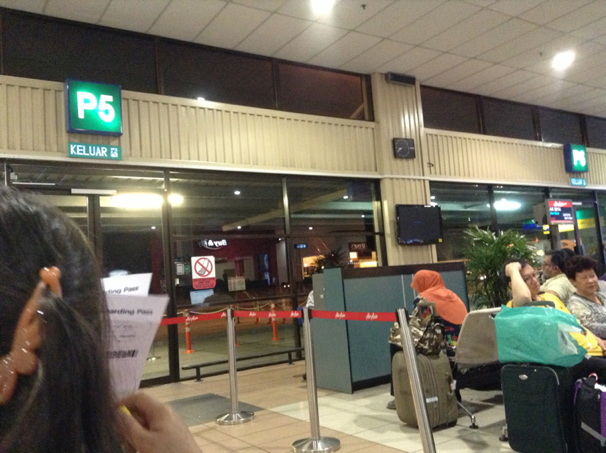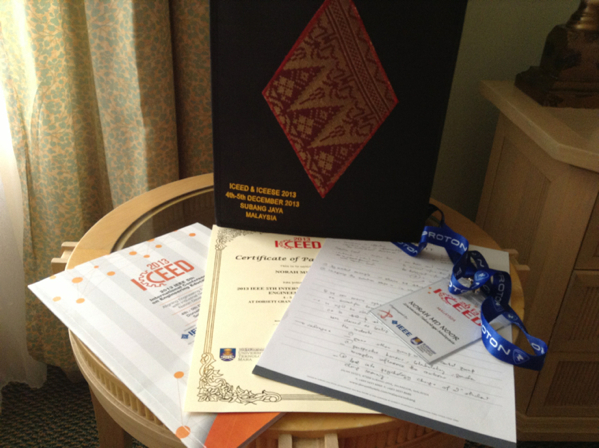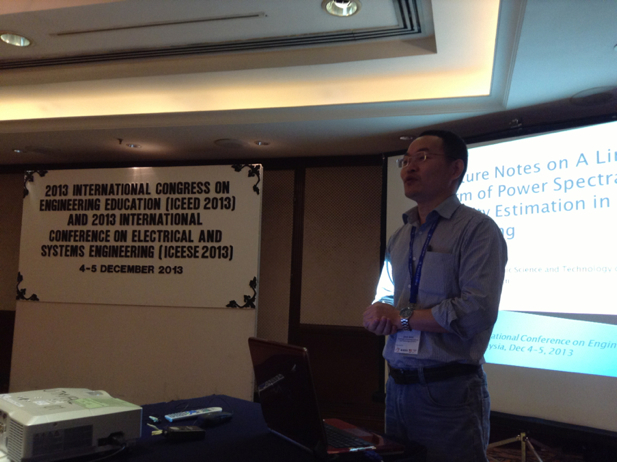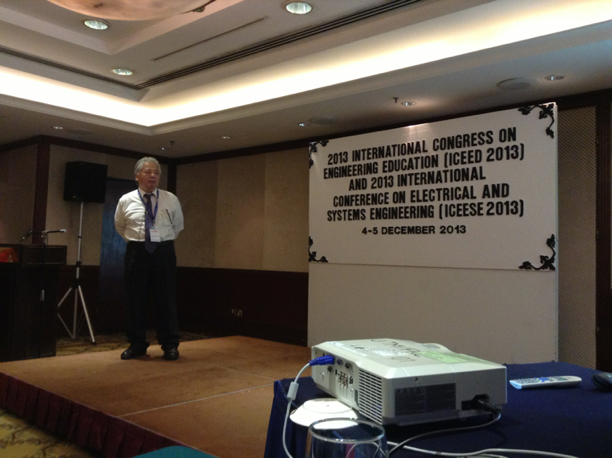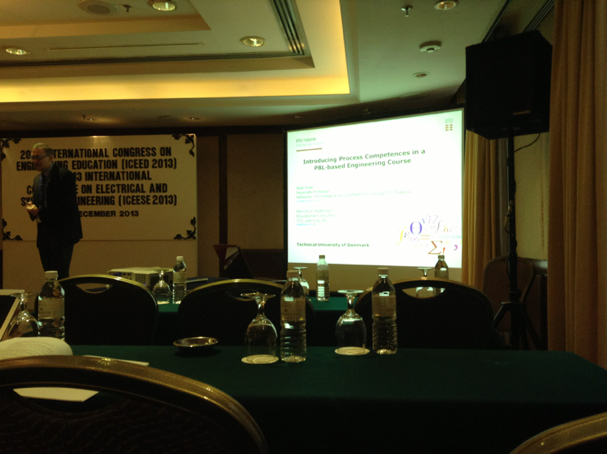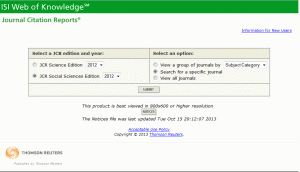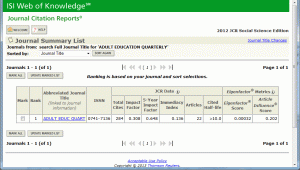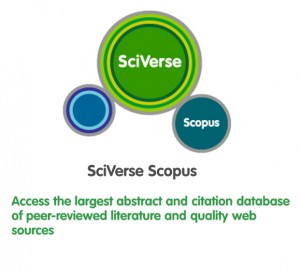As we know, the LATICE in conjunction with RCEERHed 2014 reviewing process has started. Each Program Comittee has been assign at least 8 paper to be reviewed.
In order to help us doing the reviewing process, the paper can be send to subreviewer among our colleague that we know their skills and research interest. Please follow the steps below.
1. Log into www.easychair.org
2. Click on LATICE 2014 tab and select Change Role. Click on PC Members of Full Papers.
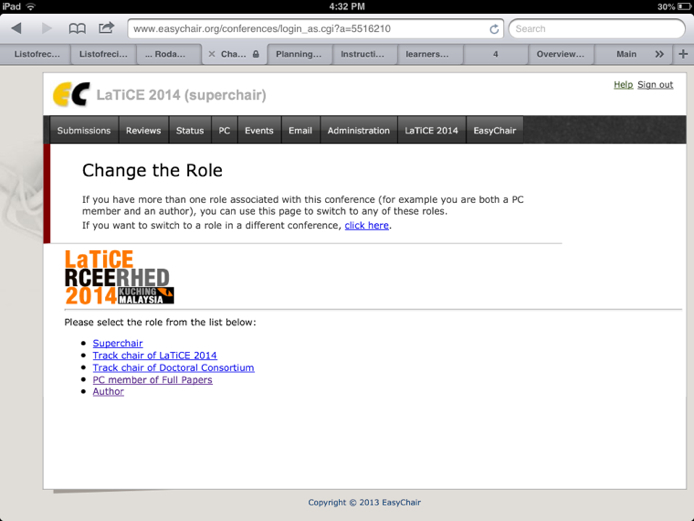
3. Then, select Reviews Tab and Click on My Papers. All papers that have been assign to you as PC will be listed.
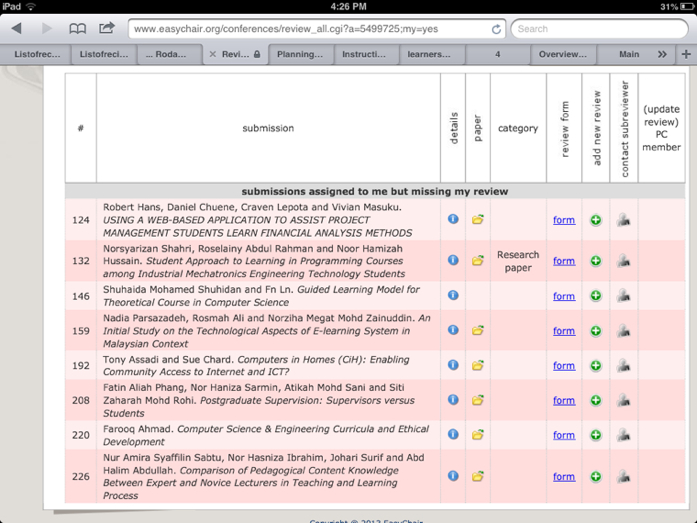
4. Click on the Contact subreviewer icon on the paper that you want to give to your colleague. Then, fill in their information.
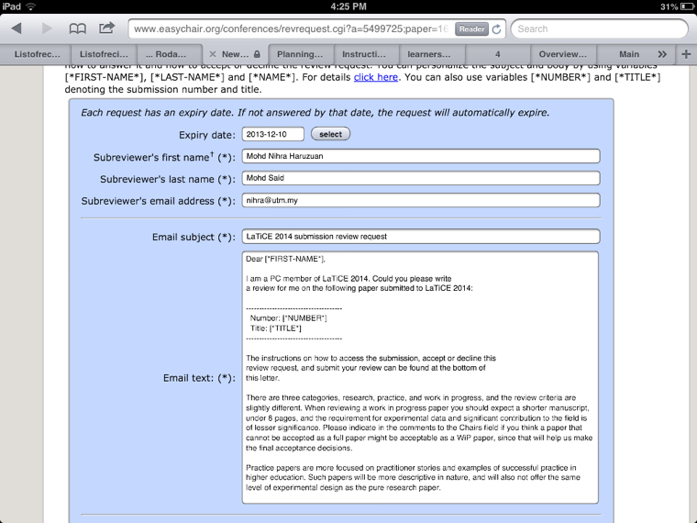
5. Please insert the following information in the Email Text section. You can change some of the text such as name of the sender.
___________________________________________________
Dear [*FIRST-NAME*],
I am a PC member of LaTiCE 2014. Could you please write
a review for me on the following paper submitted to LaTiCE 2014:
————————————-
Number: [*NUMBER*]
Title: [*TITLE*]
————————————-
The instructions on how to access the submission, accept or decline this
review request, and submit your review can be found at the bottom of
this letter.
There are three categories, research, practice, and work in progress, and the review criteria are slightly different. When reviewing a work in progress paper you should expect a shorter manuscript, under 8 pages, and the requirement for experimental data and significant contribution to the field is of lesser significance. Please indicate in the comments to the Chairs field if you think a paper that cannot be accepted as a full paper might be acceptable as a WiP paper, since that will help us make the final acceptance decisions.
Practice papers are more focused on practitioner stories and examples of successful practice in higher education. Such papers will be more descriptive in nature, and will also not offer the same level of experimental design as the pure research paper.
Please consider all papers for publication for both research and practice categories as well as Work in Progress as you review and make an appropriate recommendation.
I need to receive the review by 10th December 2013
If you cannot review this paper, could you please suggest names and email addresses of 2-3 possible reviewers?
Best regards,
Norah Md Noor, Fakulti Pendidikan, UTM
___________________________________________________
Hope this tutorial can help you with the reviewing process. Best regards.
